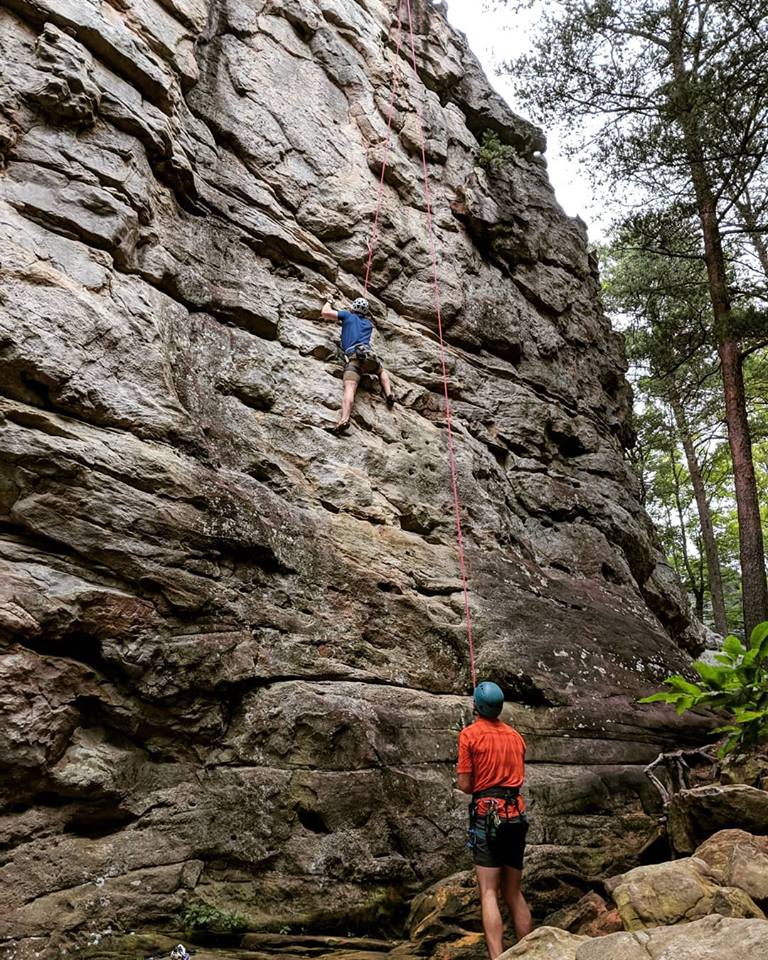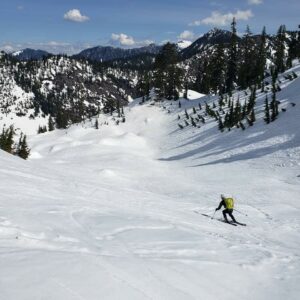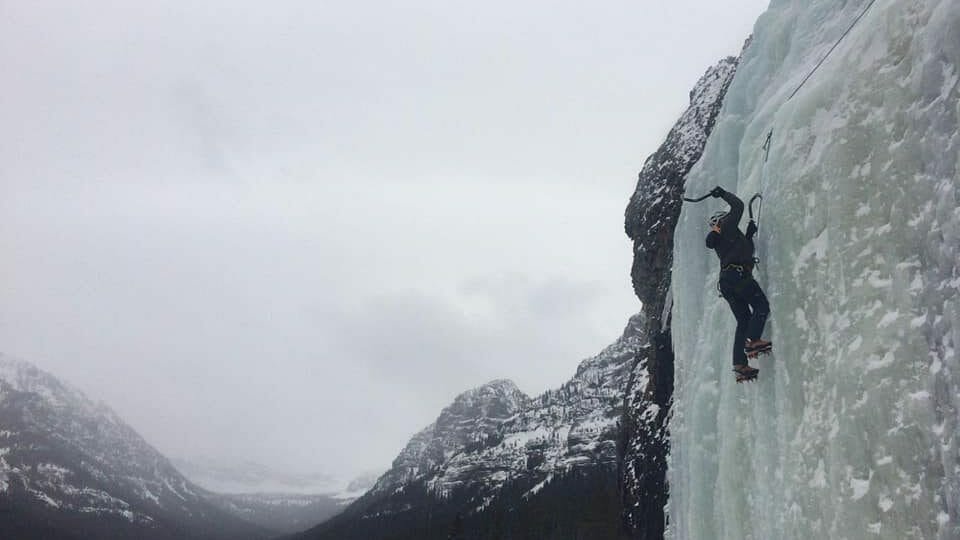I was a few months into an academic desk job in the Southeast when I got the call. Would I like to return to the West Coast and rejoin a US Special Operations Force (SOF)? A position had opened up and it was mine if I wanted it. Hell yes, I wanted it. I missed the West Coast culture and the Cascades. I despised the humid low ground where I was living and missed having mountains like Mount Rainier and Mount Shasta visible from the highway. I had moved away from my alpine objectives and lamented the lack of a competitive physical culture at my new job. I looked forward to once again having clear-cut fitness goals for work and for climbing.
But there would be a major hurdle to my coming back to the SOF community: I would need to pass another military assessment and selection process. With my new job starting in the fall, I would have just two months to prepare for the several-week battery of physical fitness tests—events I had not been training for.
“Dude, why’s your sleep been so shitty?” That was one of the first things John Frieh said to me in my initial call with him and Scott Johnston. I had given them access to my TrainingPeaks data beforehand, and John had zeroed in on my erratic sleep schedule. “I’m not going to work with you if you don’t fix that.” I promised I would. His direct approach instantly reminded me of the social dynamic of my previous unit. It was an immediate fit.
I came across Uphill Athlete by way of Training for the New Alpinism. Before moving out west several years back, I had no concept of what real mountains were. Seeing Mount Rainier for the first time, I was immediately drawn to it. Over the next few years, I climbed on Rainier and other classic Cascade volcanoes like Mount Hood and Mount St. Helens. I realized that my fitness for work wasn’t cutting it on these longer adventures. I picked up Scott and Steve’s book: What would my body do with a bigger aerobic base? After leaving the SOF and moving to the South, with no big mountains in sight, I followed Uphill Athlete’s 16-Week Big Mountain Training Plan. Impressed with the results, and by the depth and clarity of the information laid out in the book, I knew Uphill Athlete would be the coaching service to prepare me for my impending military assessment and selection test, especially on such short notice. I sent Scott an email asking if he would coach me. Together, he and John called me back.

After determining that I would be the kind of client who would achieve the things I was asking them to help me achieve, John agreed to work with me. He’s a Gym Jones–certified personal trainer and talented alpinist—extremely organized and driven, dedicated to getting me the results I was after.
* * *
We started with six weeks of aerobic base-building. Four or five mornings a week I woke up and did a fasted 60- or 90-minute run, then on the weekends I’d get out in the mountains for 2 to 4 hours at a stretch. On top of this base we added as much upper- and lower-body strength endurance work as we could without messing up the aerobic piece. Think 45 minutes of pull-ups, which would destroy my upper body but leave my legs fresh for running. By the end of the sixth week, when I linked Mount Si and Mailbox Peak in the Cascade foothills—17 miles with about 7,000 feet of gain—I didn’t feel wrecked the next day (despite treating myself to a combination of a McDonald’s McDouble and McChicken as a recovery meal). All of this just a few weeks after living in the utter flatness of the Deep South.
I had a rough idea of what to expect from the assessment, including general outlines of the required events and the benchmarks for passing. What I didn’t know was the order of events or under what conditions I would have to complete them. The individual tests tend to be anaerobic in nature: You need to have the top-end gears to crank out 6-minute miles. You need to have both muscular endurance and max strength for classic gym-based exercises like pull-ups, push-ups, squats, and deadlifts. You need to have agility for obstacle courses and shorter shuttle runs. You need to be able to ruck—to carry a heavy load over many miles. But because you put these challenges back-to-back-to-back, there’s an aerobic recovery component to the assessment as a whole.
Not all events are short in duration, however, and some can run over 24 hours, where you cycle through a barrage of tests. Being able to endure over an entire day’s worth of effort—and the multiple weeks—is as important as coming in with the necessary running speed and 3-rep-max strength.
Outside of a few of my longer weekend trail sessions, John and I deprioritized weighted training. I’ve been carrying heavy loads for six years now, including during the US Army’s Ranger School, a 60-day combat leadership course where your pack frequently runs north of 100 pounds; I don’t need a lot of stimulus to regain what I’ve developed in the past. It’s akin to the aerobic training paradigm, where if you build up a big enough tank, it’s pretty easy to maintain it. But unlike aerobic work, too much rucking can open you up to injury. John programmed just enough, and it worked out well.
For the final three weeks, John dialed up the intensity. He transitioned me to more anaerobic work like fartlek runs and interval sessions on the track, just layering some speed and agility on top of the base we’d built.
* * *
Then the nine weeks were up, and it was time to put this training to the test. Almost immediately, I felt that I was able to recover better than a lot of my peers. I attributed that in large part to my aerobic base, but also to the nutrition plan I’d developed with John. He helped me map out exactly what to consume during and right after each test—including throughout the long event. If I was rucking, I would eat energy chews and put some carbohydrate powder in my water bottle. If I was going into a lower-output activity and had more than 15 minutes between events, I would eat almond butter or something with a higher fat content. The military isn’t great at teaching endurance nutrition: where I fueled every chance I got, nearly everyone else just ate the occasional handful of crackers and called it good.
If you were to poll the average soldier on what his training looks like, it would probably involve push-ups, sit-ups, a short run a few times a week, and bodybuilding-style strength training—a higher-intensity, strength-oriented regimen geared almost exclusively toward the specific demands of military testing. In the mind of someone who’s never had any structured training in their career aside from what the military has prescribed, a 2-mile-run test is not something that merits a slow 4-hour run on the weekend. That’s something I’ve been trying to change the culture around—how even shorter-duration efforts are benefited tremendously by having an aerobic base. It’s no coincidence that the guys who do better at these tests tend to come from endurance backgrounds.
John told me I couldn’t climb again until I’d passed the assessment and selection. The Friday I passed, I shot him an email: All right, it’s time for you to start programming some climbing for me. He did, shifting my schedule just enough to accommodate both my winter alpine goals and the strict physical requirements of serving in an SOF unit. It’s a balancing act that sometimes seems like wizardry.
* * *
After returning to the unit, I learned that we had another round of recurring physical testing (this time scheduled over a few days during a single week) on the calendar in a few months. One of the events would involve running several miles at roughly a 7:30 pace while wearing 30 pounds of body armor. Rather than ramp up my running, I wanted to spend the two weeks before the test skiing in Washington’s North Cascades and ice climbing in Wyoming. I had the time off. “Can we make this work?” I asked John.
Somehow he managed my outrageous request, sprinkling in just enough test-specific training to get me ready. Even though I had averaged one run a week for the four weeks leading up to the test, most of which were slow recovery trail runs, I was as fast as ever on test day. With John as my coach, I’ve learned that proper periodization—being smart about your training—can open up opportunities to work on other skills and activities. Thanks to his careful planning, I can spend time in the mountains and also match my best scores for these military assessments.

Plus I get some in-person guidance. John went ice climbing with me twice last winter and plans to help me work on my rock climbing technique this summer. He’s a talented climber with multiple impressive first ascents in Alaska, so there’s no better mentor out on the rock and ice. Climbing appears to come more naturally to me than the physical fitness required for being a special operations soldier, which I really have to work for. I’m excited to see what my body can do.
Not only does John train me for these disparate modalities, but he also has to deal with my bananas work schedule. That’s where I derive the most value: from sharing the mental burden of the training. With John programming everything for me, I can go to bed at night knowing that if I did what he told me to do that day, I will be physically prepared for whatever it is I’m working toward, whether that’s a climbing objective, a military physical test, or both. I trust his expertise. Working in the special operations community, I have plenty to worry about day to day. Not having to expend mental bandwidth on the training piece of the puzzle is worth the price of admission. And having an occasional climbing partner sweetens the deal.
-by Anon. Special Forces Athlete

